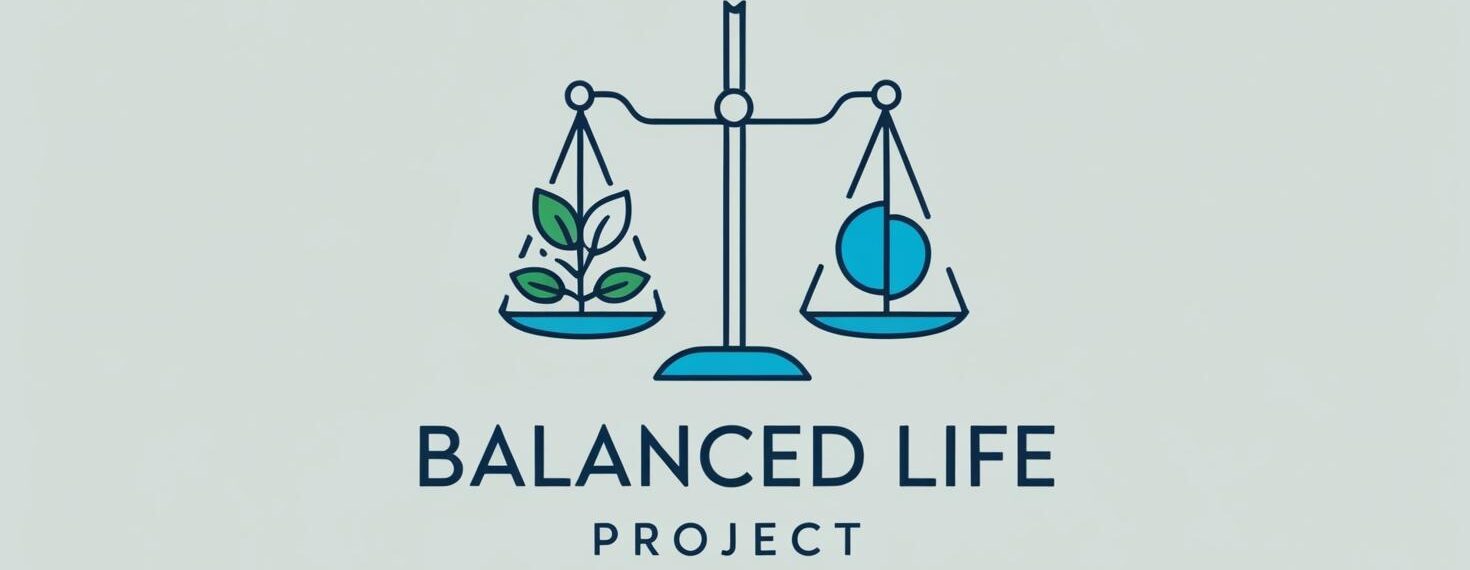Navigating Nutrition Labels: A Beginner’s Guide
Nutrition labels are an essential part of food packaging, providing important information about the nutritional content of the product. However, for beginners, understanding these labels can be overwhelming and confusing. With so many numbers, percentages, and unfamiliar terms, it's easy to feel lost and unsure of what you're actually consuming. But fear not, navigating nutrition labels is not as complicated as it seems. In this beginner's guide, we'll break down the key components of a nutrition label and give you the tools to make informed and healthy food choices.
Serving Size: The first thing to look at on a nutrition label is the serving size. This is the recommended amount of the product you should consume at one time. It's important to note that serving size is not a reflection of how much you should eat, but rather a standardized measure for comparison among different products. For example, if a serving size is 1 cup and you eat 2 cups, you would need to double the nutritional values on the label to get an accurate representation of what you've consumed.
Calories: Calories are a measure of the energy that food provides. They come from the three macronutrients - carbohydrates, fats, and proteins. It's important to pay attention to the number of calories per serving and keep in mind your daily caloric needs. Consuming more calories than your body needs can lead to weight gain, while consuming too few can lead to weight loss.
% Daily Value: The % Daily Value (DV) is based on a 2,000-calorie diet and provides a general idea of how much of a particular nutrient is in one serving of the food. It's important to remember that this is a general recommendation and may not be accurate for everyone. For example, if you are on a 1,500-calorie diet, you would need to adjust the % DV accordingly. The % DV is also a helpful tool to compare different products and make healthier choices.
Nutrients: The nutrients listed on the label include total fat, cholesterol, sodium, total carbohydrates, dietary fiber, sugars, and protein. These are the nutrients that have the most significant impact on our health. It's important to pay attention to the amounts of each nutrient and choose products with lower amounts of saturated and trans fats, cholesterol, and sodium. On the other hand, it's important to aim for higher amounts of dietary fiber, as it is essential for a healthy digestive system.
Ingredients: The ingredients list can be found below the nutrition facts panel. Ingredients are listed in descending order by weight, meaning the first ingredient listed is the most prevalent in the product. It's important to scan the ingredients list for any added sugars, unhealthy fats, and artificial ingredients. Aim for products with a shorter list of recognizable, whole-food ingredients.
Daily Nutritional Needs: While nutrition labels provide valuable information, it's important to keep in mind that they are not a one-size-fits-all approach to healthy eating. Everyone has different nutritional needs based on their age, gender, activity level, and health status. It's essential to consult with a healthcare professional to determine your individualized nutritional needs and make adjustments to your diet accordingly.
Don't be fooled by Marketing: It's no secret that food companies often use misleading marketing tactics to make their products seem healthier than they actually are. For example, a product labeled "low-fat" may still be high in sugar or sodium. It's important to read the nutrition label and ingredients list to make sure you're making an informed decision rather than relying on eye-catching packaging and buzzwords.
In conclusion, nutrition labels can be a valuable tool to help you make healthier food choices. By understanding the key components and paying attention to your individual nutritional needs, you can navigate the confusing world of nutrition labels with confidence. Remember to focus on whole, minimally processed foods, and use the nutrition label as a guide to make informed decisions about what you're putting into your body. With practice and awareness, reading nutrition labels will become second nature and contribute to a healthier and more balanced diet.

